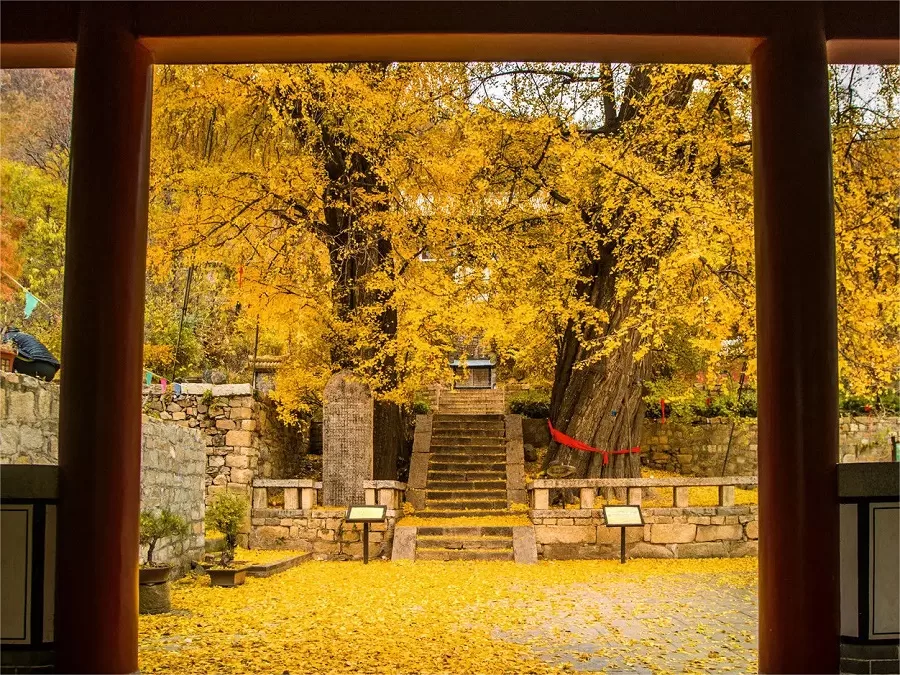Nestled in the heart of the Three Gorges Reservoir Area, Huangshui National Forest Park (黄水国家森林公园) is a remarkable gem of natural beauty and biodiversity. Covering an impressive area of 32,441 hectares, with 6,000 hectares available for exploration, this park stands out as the largest regional national forest park in Chongqing. What makes this park truly unique is its status as the only tourist attraction in the city that highlights the culture and heritage of the Tujia ethnic minority. With an average elevation of 1,500 meters and a width spanning 7 kilometers from north to south, the park boasts a diverse range of attractions that are sure to captivate any nature enthusiast.
The park features 36 distinct scenic areas, each with its own charm. From the Tujia cultural experience at “Bizi Ka Green Palace” to the breathtaking plateau jewel of “Huangshui Lake,” the primal beauty of “Dafengbao” primeval forest, the ethereal “Wanshengba” waterscape, the natural artistry of the “Youcaoriver Gallery,” and the remarkable “China’s No. 1 Cryptomeria Mother Tree,” there is something for everyone to enjoy. The park is particularly inviting during the summer months when the climate is refreshingly cool, making it an ideal destination to escape the heat and enjoy the great outdoors.
Table of Contents
- Basic Information
- Location and Transportation
- Highlights of Huangshui National Forest Park
- Useful Tips Summarized from Reviews
- Other Natural Sceneries in the Suburb
Basic Information
| Estimated Length of Tour | 1 day |
| Ticket Price | 30 RMB |
| Opening Hours | 8.00 – 17.00 |
Location and Transportation
Huangshui National Forest Park is primarily situated in the northeastern part of Chongqing’s Shizhu County, atop the Qiyao Mountain Plateau in the upper reaches of the Yangtze River. The central area of the park is centered around Huangshui Town.
To reach Huangshui National Forest Park from Chongqing:
- Start at Chongqing North Railway Station.
- Take a high-speed train to Shizhu County (19 trains daily, with the earliest departure at 6:00 AM and the latest at 8:07 PM). The journey takes about 1 hour and 29 minutes and costs around 55 RMB.
- Upon arrival at Shizhu County Railway Station, transfer to a bus to Huangshui Town. The bus journey covers approximately 60 kilometers and takes around 1 hour.
Highlights of Huangshui National Forest Park
Rich Flora and Fauna

The flora and fauna within Huangshui National Forest Park are nothing short of remarkable. Apart from over 3,000 common plant species, it is one of the last refuges for the rare water silk cotton tree (Chorisia speciosa), and it’s also home to numerous nationally protected rare plant species like the Cryptomeria fortunei, China fir, Chimonanthus salicifolius, Xiangguo tree, and Huangshan fir. Furthermore, the park is rich in biodiversity, with a staggering 1,380 animal species, making it one of the most diverse areas in the Three Gorges Reservoir Region for rare and endangered wildlife. In its untouched primeval forest, elusive creatures such as leopards, muntjacs, and pheasants roam freely, creating a paradise for over 50 species of wild animals. Various mammals like leopards, muntjacs, monkeys, wild boars, foxes, and wolves can be frequently spotted, creating an orchestra of nature’s sounds that echo through the forests.
Dafengbao Pristine Forest

The crown jewel of Huangshui National Forest Park is undoubtedly the pristine forest of Dafengbao (Dafeng means strong winds in Chinese). Often referred to as the “Green Treasure Chest,” the main peak within this area reaches an impressive elevation of 1,934 meters. Dafengbao is part of the Wushan Mountain System, an extension of the Yueshan Mountains, featuring undulating peaks, lush green hills, winding valleys, and breathtaking landscapes. Not only is it the highest peak in Shizhu County but also the tallest in Eastern Chongqing. The name “Dafengbao” originates from the perpetual strong winds that howl through the area, with the tall trees waving like banners in the breeze.
Yuquan Temple

At the heart of Dafengbao stands the Yuquan Temple, originally named Yuhuang Temple. It was constructed atop the main peak of Dafengbao, and its history dates back to the Ming Dynasty. During this period, Monk Poyue, while on a pilgrimage in the Shizhu County, greatly contributed to spreading Buddhist teachings and attracting a substantial following, including the renowned female general Qin Liangyu. A monk who was a disciple of Poyue later ascended to the main peak of Dafengbao, and inspired by the grandeur of the sea of clouds and the rugged mountain landscape, he decided to renovate the temple. The building faced destruction during the turbulent years of the Cultural Revolution, but has since been lovingly restored and is now open to the public, offering visitors a glimpse into the rich cultural history of the region.
Useful Tips Summarized from Reviews
Cultural Performances: Upon arrival at the park’s main entrance, visitors will find a stage for cultural performances, particularly showcasing the culture of the Tujia ethnic minority. This area serves as a pleasant spot for families with elderly members or young children to sit and enjoy the performances.
Transportation within the Park: The waiting area for transportation, such as shuttle buses or sightseeing vehicles, is located a few hundred meters away from the main entrance. It’s advisable to utilize these transportation services, as walking to the starting point of the mountain trail can be quite a distance. The round-trip ticket for these vehicles costs around 20 yuan per person.
Provisioning: There are no shops or stalls available on the mountain trails, so it’s recommended to purchase water and snacks at the starting point before heading up the mountain.
Recreational Activities: During the summer season, the park offers opportunities for camping and fishing, catering to those who enjoy outdoor activities. Additionally, after rainfall, visitors can go mushroom picking, as the mountainside offers various types of edible mushrooms. These mushrooms are not only inexpensive but also delicious, providing a unique culinary experience for visitors.






